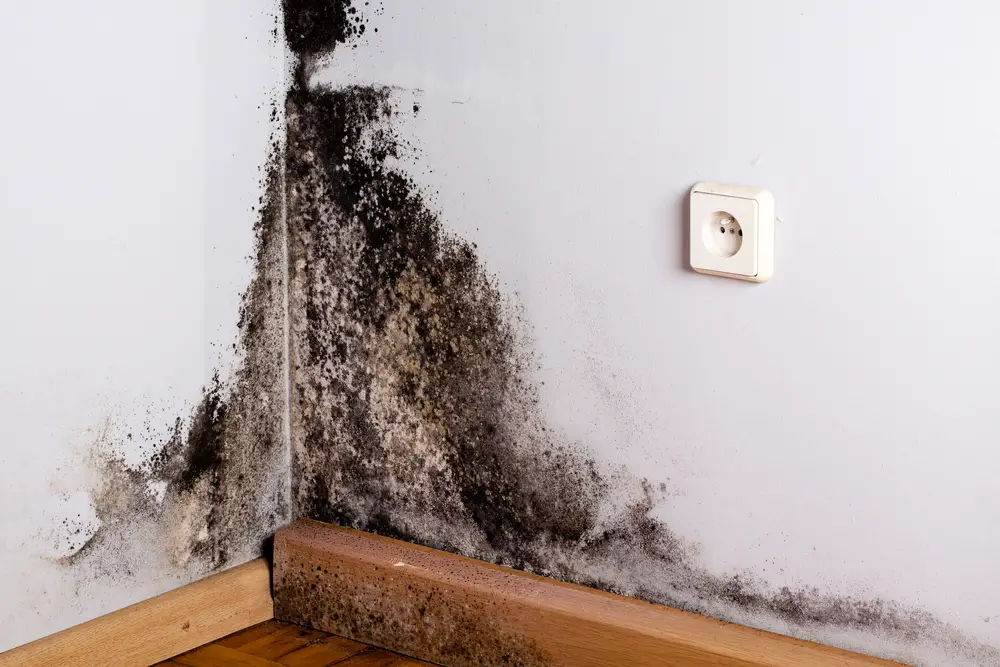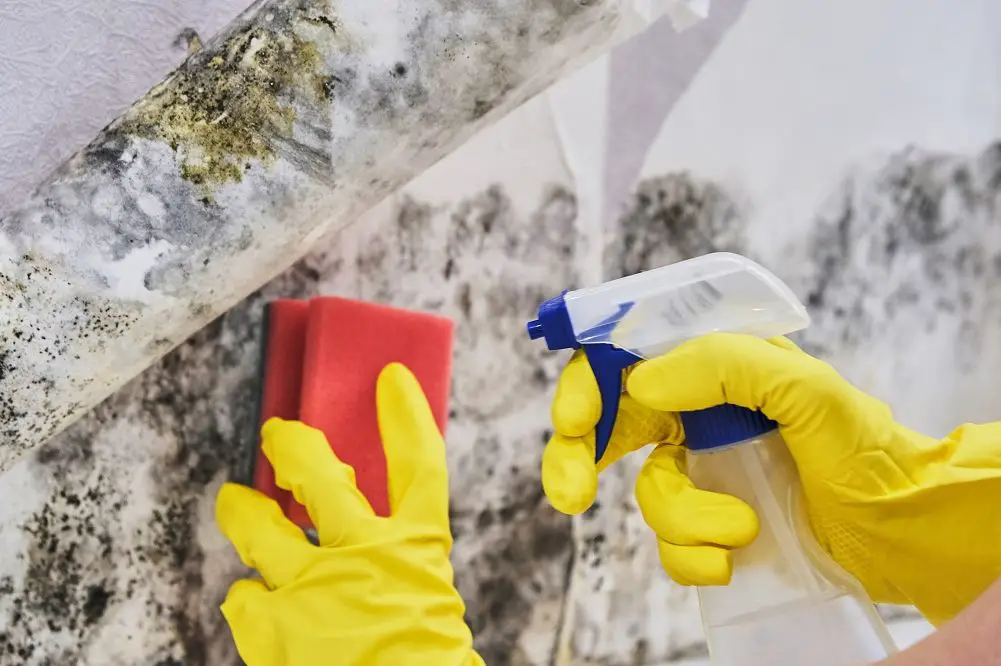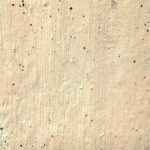Mold and fungi are both important parts of the natural world, but they are not the same thing. Mold is a type of fungus, but not all fungi are mold. In this blog post, we will discuss the differences and similarities between mold and fungi, as well as the health risks of mold exposure and how to prevent mold growth.
What is Mold?
Mold is a type of fungus that grows in multicellular filaments called hyphae. Molds can reproduce by releasing spores into the air, which can then land on a new surface and grow into new mold colonies. Molds can cause a variety of health problems, including respiratory problems, allergies, and skin irritation.
What is Fungi?
Fungi are a large and diverse group of organisms that includes molds, mushrooms, yeasts, and other types of organisms. Fungi are eukaryotic, meaning they have a nucleus and other membrane-bound organelles. They are also heterotrophic, meaning they cannot make their own food and must rely on other organisms for nutrients. Fungi can be either single-celled or multicellular, and they can grow in a variety of shapes and sizes. Fungi can reproduce sexually or asexually, and they can cause a variety of diseases in humans and animals.
Similarities between Mold and Fungi
Despite their differences, mold and fungi share some similarities. Both are eukaryotes, meaning they have a nucleus and other membrane-bound organelles. Both are also heterotrophic, meaning they cannot make their own food and must rely on other organisms for nutrients. Additionally, both mold and fungi can reproduce sexually or asexually.
Differences between Mold and Fungi
The main difference between mold and fungi is their structure. Molds are multicellular, while fungi can be either single-celled or multicellular. Molds also reproduce by releasing spores into the air, while fungi can reproduce sexually or asexually. Additionally, molds can cause a variety of health problems, while fungi can cause a variety of diseases in humans and animals.
Health Risks of Mold Exposure
Mold exposure can cause a variety of health problems, including:
- Respiratory problems: Mold spores can irritate the airways and cause respiratory problems such as coughing, wheezing, and shortness of breath.
- Allergies: Mold spores can trigger allergic reactions in some people, causing symptoms such as sneezing, runny nose, and itchy eyes.
- Skin irritation: Mold spores can irritate the skin, causing rashes and itching.
- Other health problems: In some cases, mold exposure has been linked to more serious health problems such as pneumonia, chronic fatigue syndrome, and even death.
Preventing Mold Growth
The best way to prevent mold growth is to keep your home clean and dry. Here are some tips for preventing mold growth:
- Fix any leaks or water damage immediately.
- Keep your home well-ventilated.
- Use a dehumidifier to remove excess moisture from the air.
- Clean up spills and messes promptly.
- Don’t store wet items in your home.
- Paint your walls with mold-resistant paint.
Conclusion
Mold and fungi are both important parts of the natural world, but they can also be harmful to humans. It is important to understand the differences between mold and fungi so that you can take steps to prevent mold growth and protect your health.
If you find mold in your home, it is important to clean it up as soon as possible. Be sure to wear gloves and a mask when cleaning mold. If the mold is extensive, you may need to call a professional mold remediation company.









